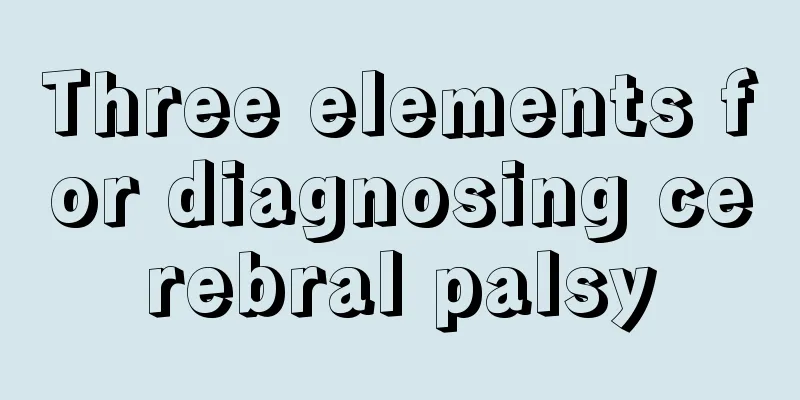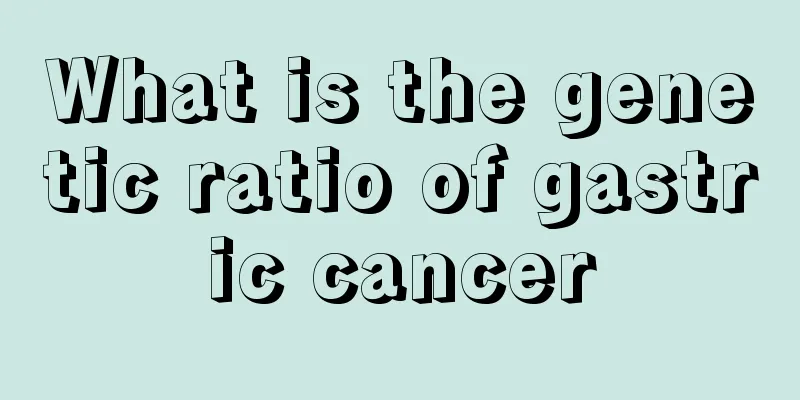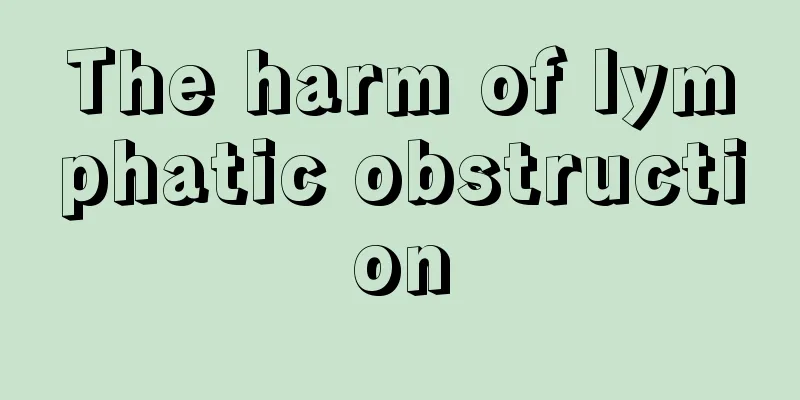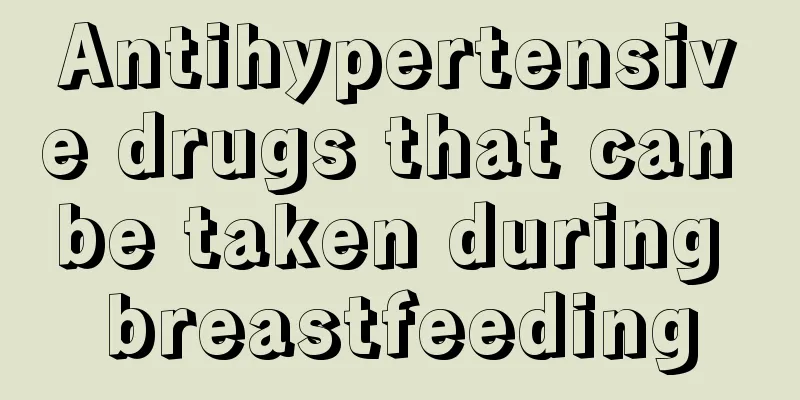Three elements for diagnosing cerebral palsy

|
Cerebral palsy is a disease that causes great harm. The incidence rate in newborns is relatively high. If a child has cerebral palsy, it will have a great impact on the child and his family. It will also have a great impact on the child's future life and work. If a child shows certain symptoms of cerebral palsy, he must be examined in time and the diagnosis must be careful. Let us understand the three elements of cerebral palsy diagnosis. Cerebral palsy It refers to a syndrome of poor brain function caused by non-progressive, permanent (changeable) brain damage to the fetus due to various reasons before birth, during birth or within one month after birth. The symptoms of children with cerebral palsy are mainly central movement disorders and abnormal posture. Cerebral palsy is not a single disease, but a syndrome caused by brain damage. Epilepsy, intellectual disability, abnormal behavior, emotional disorders, mental disorders, central visual and auditory disorders, language disorders, etc. are no longer considered complications of cerebral palsy, but as the inevitable result of brain damage. Abnormal movements and posture are just one aspect. Regarding the definition of cerebral palsy, scholars from different countries have different discussions at different times, but no matter which definition is used, it has the following three elements, and the diagnosis of cerebral palsy must also meet these three elements. Three elements of cerebral palsy diagnosis 1. Developmental cerebral palsy is caused by damage to the brain during growth and development. Adults with cerebral hemorrhage may also present with the same symptoms but are not diagnosed with cerebral palsy. 2. Non-progressive lesions are non-progressive and the clinical symptoms are also non-progressive. Some symptoms of cerebral edema and brain tumors are progressive. 3. Permanent cerebral palsy is not a transient disease. Although it can change and improve through systematic rehabilitation treatment, various functional disorders will accompany the patient throughout his life. People with encephalitis may experience movement disorders, but these will disappear as the encephalitis heals. |
<<: Does inward-turning thumbs necessarily mean cerebral palsy?
>>: How children with cerebral palsy behave when they grow up
Recommend
What is breast lymphoma
Breast lymphoma is relatively rare and has a vari...
What are the application methods in thyroid cancer care
What are the application methods in thyroid cance...
How to clean scale on a gas water heater
There are many things in daily life that will gro...
Complete recipe for milky bread slices
Bread is a food that many people like to eat, and...
Taboos of moxibustion barrel
Moxibustion can be said to be a manifestation of ...
Is thyroid cancer painful?
Is thyroid cancer painful? 1. Whether thyroid can...
What to do if you swallow a date pit
When you were a child, did you accidentally swall...
Can loose teeth be filled? Can loose teeth be fixed?
Teeth should be strong and indestructible, but so...
What to do with a dry nose? 7 tips for taking care of it
In the dry environment of winter, or in condition...
Does a fabric bed contain formaldehyde?
Fabric beds are a type of bed that many people us...
What are the signs of ascites in lung cancer
The presence of ascites in patients with lung can...
What is the normal amount of blood loss during a caesarean section?
In order to reduce damage to the vagina, many wom...
What is the normal value of a three-month-old baby’s fontanelle?
For a newborn baby, the fontanelle on the head is...
How closed are the bones?
Most families now have only one child, and many p...
Is uterine cancer hereditary?
I believe that all female friends understand that...









